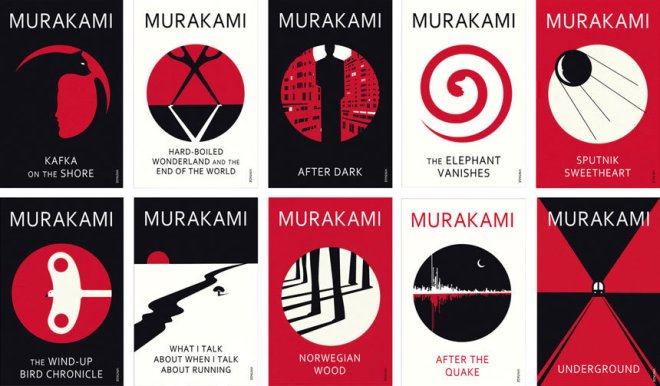Management: This essay is meant to be less of a review and more of analysis of the show being examined. It contains plot spoilers for the Citrus anime.

Class S may no longer be its formal genre anymore, but its generic influence can be still felt in anime that play with yuri, or Japanese lesbian, tropes. Anime periodically invokes the settings and set-ups associated with Class S: all-girls academies, often private and prestigious; bouts of flirting between one female classmate and another; one girl playing a dominant, instrumental, even manipulative role… the other, a submissive, expressive, and even sheepish one; romances that are clandestine and forbidden; school loves that end where they begin. Homosexuality between girls is considered relatively tolerable in Japan, in fictional worlds and the realities outside them, at least until they graduate and grow up. When they do, they’re expected by society to get married to men and raise families with children. Unlike the puritanical parts of the West, the culture in Japan sees homosexuality as less a moral sin and more a social one. Japanese men and women are expected to contribute their part to overall community. Men do it by being breadwinners. Women do it by being mothers. Sans extraordinary means like in vitro, women can’t exactly give birth to children if the only people they’re having intimate relations with is their female partners.
Many anime nowadays refrain from playing with Class S tropes straight, even as they’re inspired enough to invoke their imagery. They comment on and subvert the Class S genre, which works under the assumption of a controlled and temporary environment. Psycho-Pass features an arc with a dominant female personality seducing a submissive girl. The show later pulls away the curtain as the plot progresses. The submissive girl is later murdered and mutilated into grotesque artwork, and the dominant female is revealed to be a serial killer. Lupin III: A Woman Called Fujiko Mine features a dominant Fujiko, disguised as a teacher at an all-girls academy, seducing a seemingly timid student so she can filch her family heirloom. The tables are turned in just before climactic scene of sexual intimacy, where the student reveals himself as a male inspector and dominates Fujiko by stripping her nude and tying her up. Flip Flappers features Papika and Cocona being trapped in an illusory Class S universe. Papika and Cocona later escape it, suggesting that their arguably romantic affection for each other can escape the school-end confines of the Class S genre.
Given all these examples of Class S comments and subversions, what does Citrus do special?

